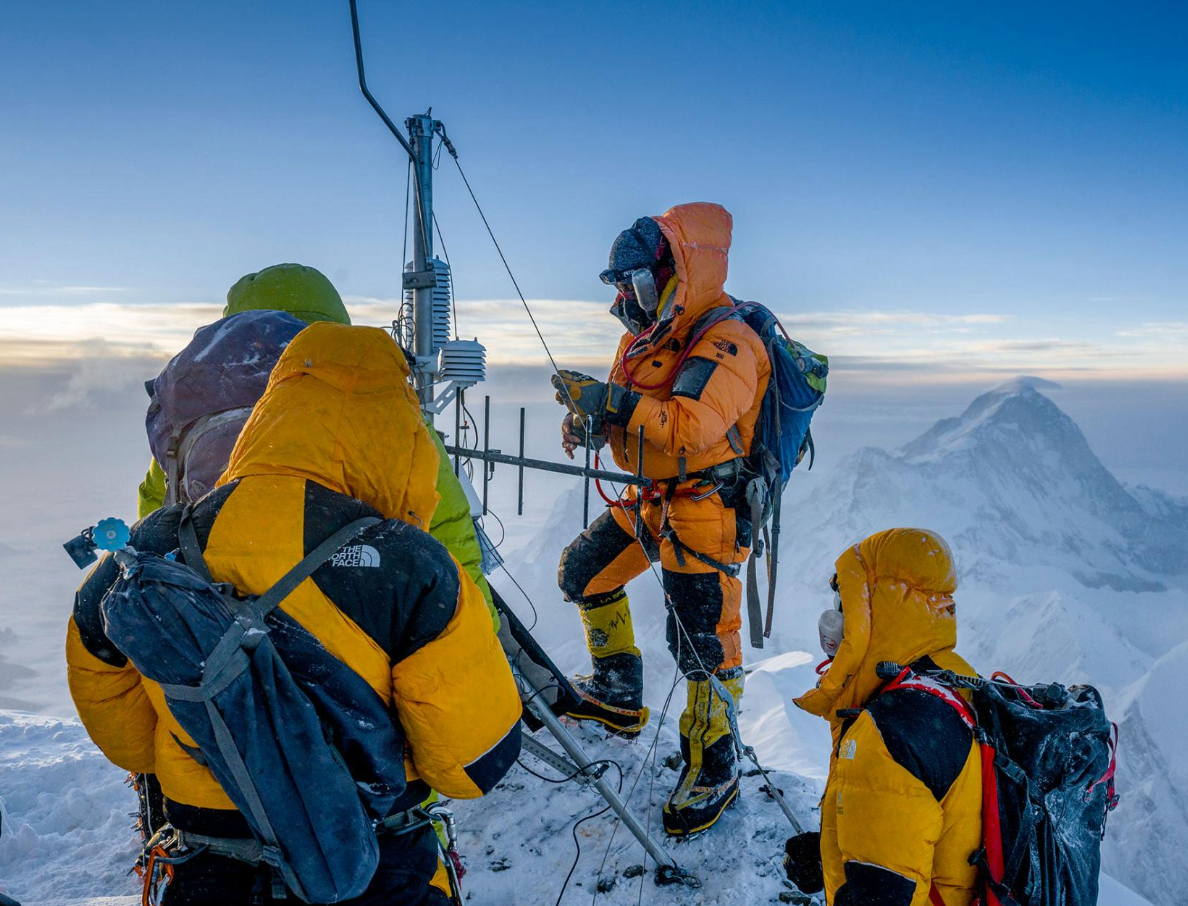
An international team of scientists, climbers and storytellers, led by the National Geographic Society and Tribhuvan University and supported in partnership with Rolex, conducted a scientific expedition to Mount Everest, believed to be the most comprehensive single scientific expedition to the mountain in history.
Their main goal is to study the extreme conditions of high-elevation mountain ranges that are key to discovering true impacts of climate and environmental changes.
As part of this expedition, the team broke a number of records, including the following: installation of the two highest weather stations in the world; collected the highest-ever ice core sample; and completed the highest-elevation helicopter-based lidar scan.
Climate change is one of the biggest challenges facing humanity and there is still much to learn about how it’s already altered the world, from the deepest parts of the ocean to its tallest mountains. By harnessing our 131-year history of exploration and venturing into some of the most extreme environments on the planet, we will fill critical data gaps on the world’s life support systems and drive solutions to assure that they can continue to fuel our future.
Jonathan Baillie, Executive Vice President and Chief Scientist at the National Geographic Society
For more information about this expedition, read the full story HERE.
Spokespeople Available
- Climate Scientist Tom Matthews is available out of Washington, D.C.
- National Geographic writer Freddie Wilkinson is available out of Washington, D.C.
- Jonathan Baillie, Executive Vice President and Chief Scientist at the National Geographic Society, is available out of Washington, D.C.
- Additional spokespeople available out of Washington, D.C. and Nepal
Media Contacts
Kelsey Taylor, Kelsey.Taylor@natgeo.com, 202-912-6776